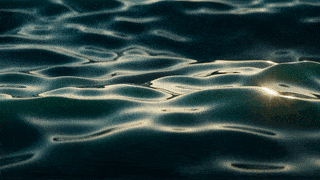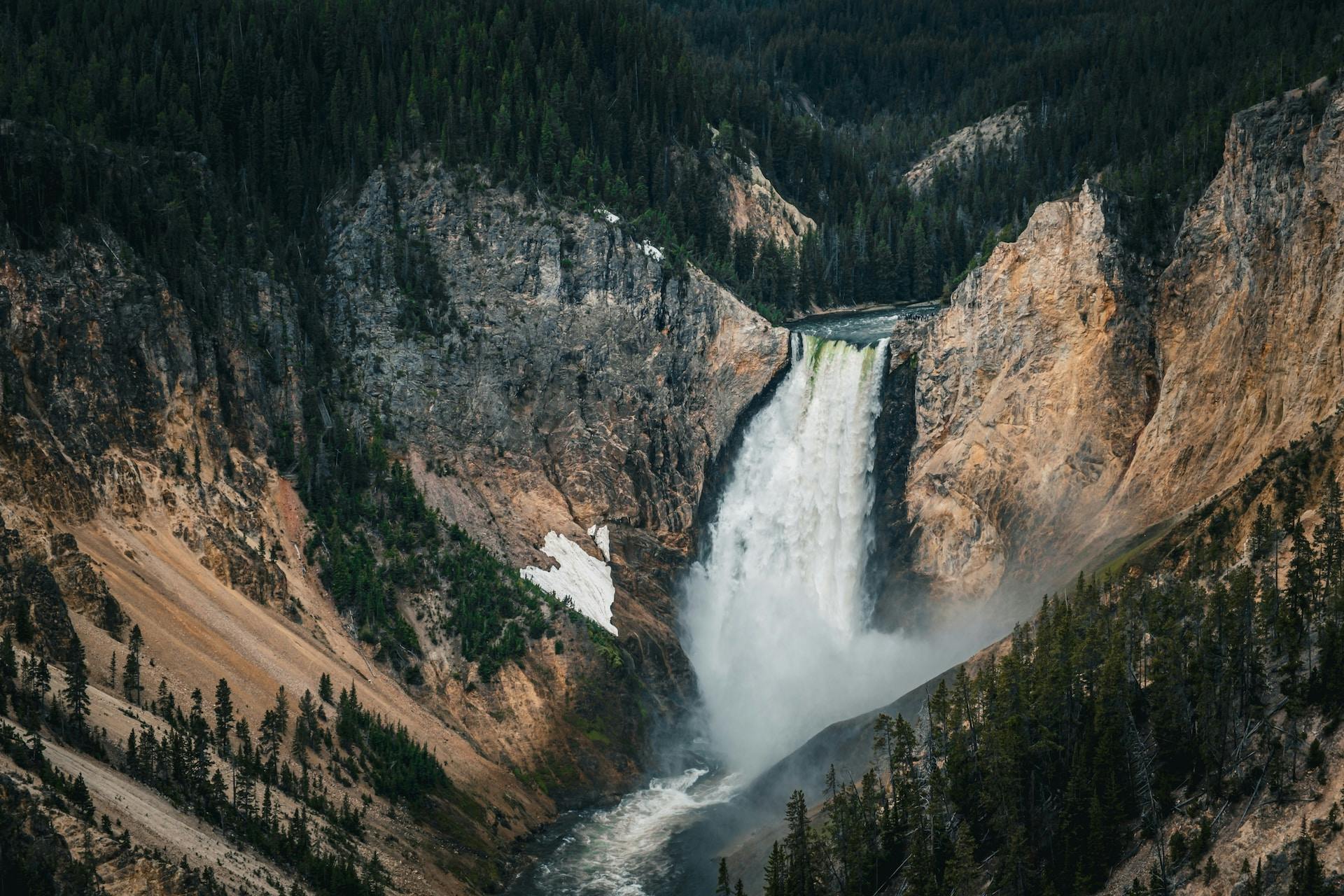Using Ghost & ParticleJS
Ghost, Node, ParticleJS, css, js-dom-manipulation

Recently I had my friend @ veres.tech ask for some tips with a problem involving ParticleJS and Ghost. He wanted to apply this to his background, but because Ghost doesn't automatically use the required format of the API ParticleJS provides we had to add some tweaks.

ParticleJS needs an ID, so we will have to make one from a node in the document. This node has to be uniquely identifiable. The above image had the element we were interested in with a unique class, m-hero__picture. Ghost uses this unique class to style the main image over every post. Below is a snippet from the homepage of the site.
1 2 3 4 5 6 7 8 9<section class="m-hero with-picture aos-init aos-animate" data-aos="fade"> <div class="m-hero__picture"> <canvas class="particles-js-canvas-el" style="width: 100%; height: 100%;" width="1903" height="565"></canvas> </div> <div class="m-hero__content aos-init aos-animate" data-aos="fade-down"> <h1 class="m-hero-title bigger">veres.tech</h1> <p class="m-hero-description bigger">A technical blog for sysadmins and aspiring pentesters</p> </div> </section>
Using the js injection tool Ghost provides we can assign this unique class an id, and fulfil the ParticlJS API of requiring an id. We can do this by passing the below as a script tag:
1 2 3 4 5 6const imageEl = document.getElementsByClassName('m-hero__picture')[0]; imageEl.id = 'useThisID'; const mySettings = { /*my settings here*/ }; particlesJS('useThisID', mySettings);
This will allow us to point ParticleJS at the right document node:

And there you have it! We can redefine the ID for any uniquely identifiable class on the page and it will just work. Remember to make this unique, else you'll either get the wrong element when indexing the [0] element or end up with non-unique IDs in the document causing warnings and errors.

